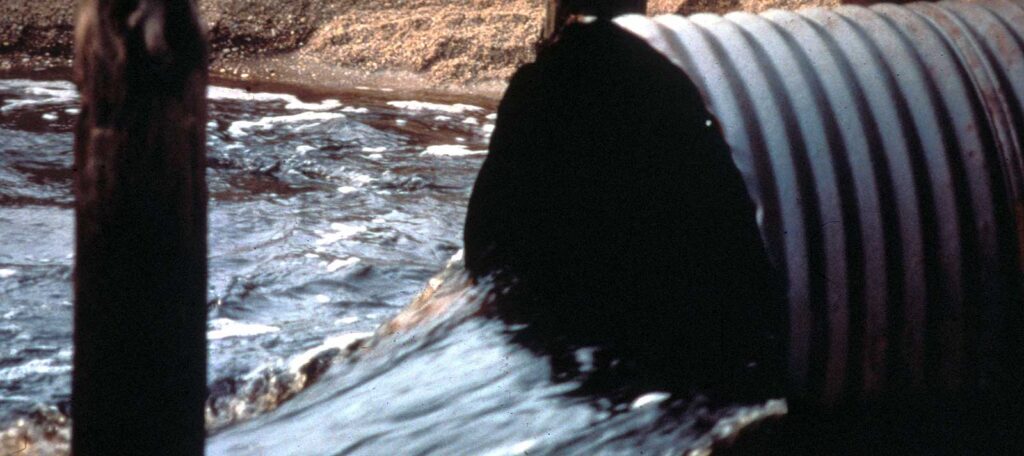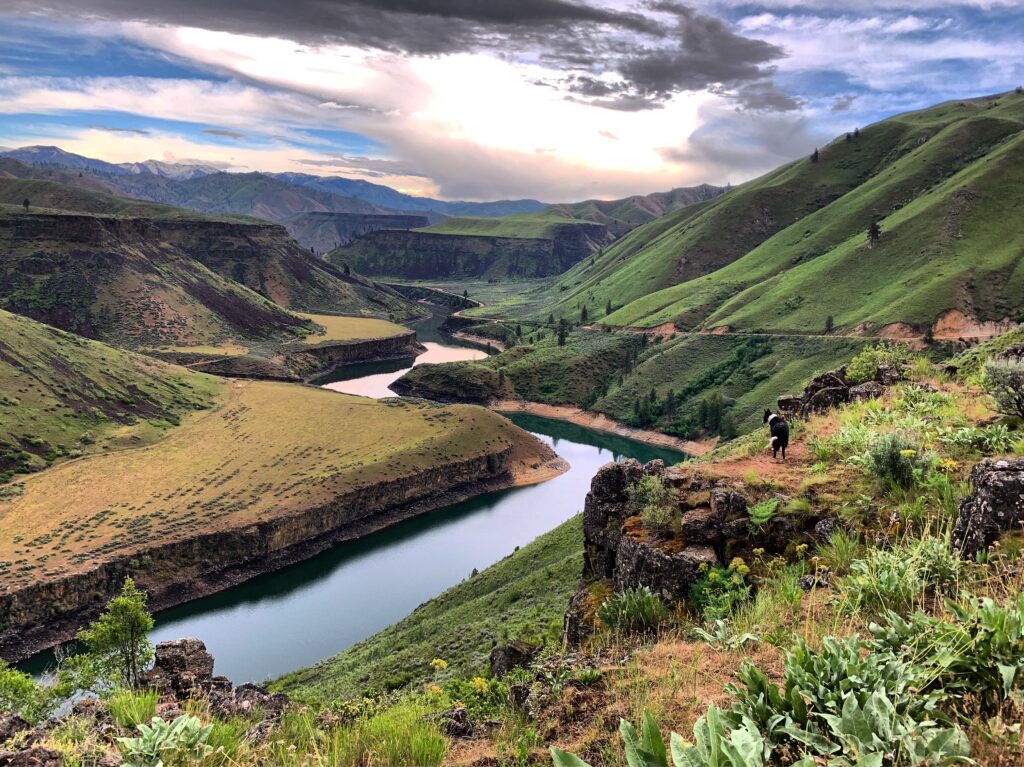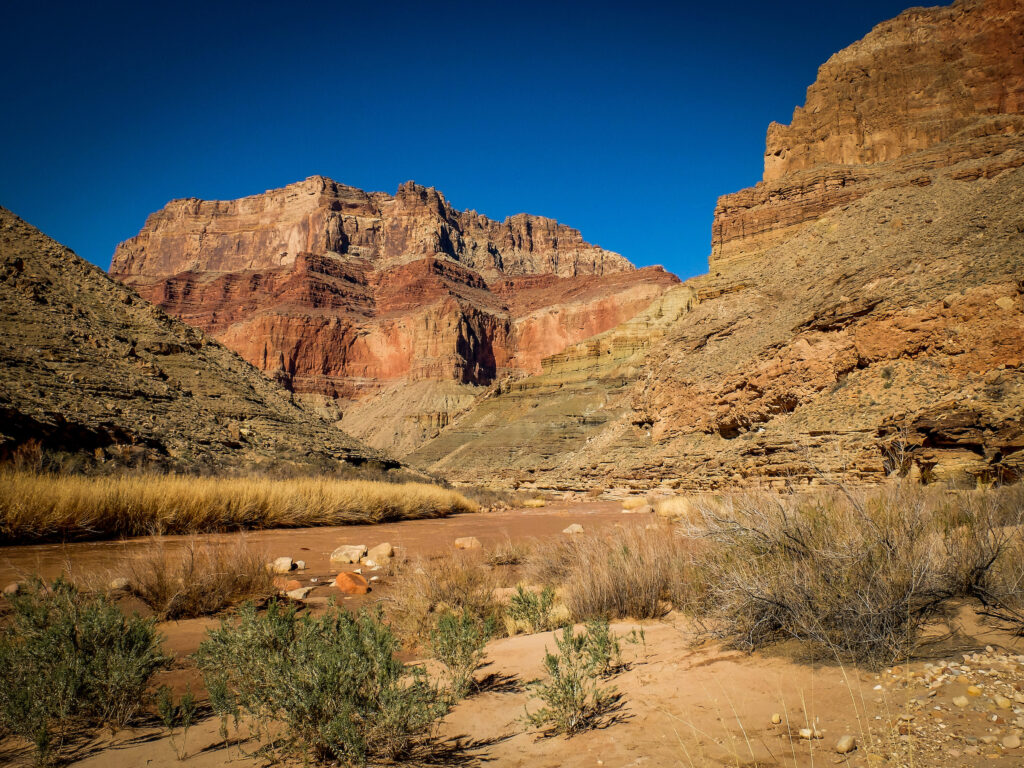EPA drops the ball on cleaning up polluted runoff
The Environmental Protection Agency (EPA) has once again turned its back on the opportunity to help prevent stormwater runoff from polluting local waterways.

The Environmental Protection Agency (EPA) has once again turned its back on the opportunity to help prevent stormwater runoff from polluting local waterways.
In September 2015, American Rivers and its partners Natural Resources Defense Council, Blue Water Baltimore, Clean Air Council, and Los Angeles Waterkeeper filed petitions with the EPA urging them to use the power granted to them by the Clean Water Act, to protect local waterways from stormwater pollution from commercial, industrial, and institutional (CII) properties. This power is known as residual designation authority (RDA).
Commercial sites tend to generate a significant amount of pollution due to their large impervious surfaces such as paved parking lots and rooftops. The most common pollutants that run off from these sites are sediment, nitrogen, phosphorous, zinc, and copper. These can damage the water quality for local rivers and streams.
RDA can be used by EPA when they determine that a category of stormwater discharge is contributing to water quality violations. Once that determination is made the EPA must require those dischargers to apply for permits to address the polluted runoff coming from their site. The petitions filed were for the Army Creek watershed in Delaware, the Back River watershed in Maryland, the Los Cerritos Channel watershed in California, and the Dominguez Channel watershed in California. All of these watersheds are degraded by pollutants coming from stormwater.
How Polluted Runoff is Affecting These Areas
Back River, Maryland
When it rains in Baltimore, pollution such as sediment, nutrients (phosphorous and nitrogen) and other waste washes off of impervious surfaces and into the Back River. This stormwater pollution is one of the major reasons that the State of Maryland and the U.S. Environmental Protection Agency (EPA) have declared the Back River, which runs through Baltimore City and County and empties into Chesapeake Bay, too dirty for recreation, fishing, aquatic life, and wildlife uses. Within the Chesapeake Bay watershed, polluted runoff impairs 1,570 miles of streams and contributes to the sediment, phosphorous, and nitrogen loads of the Bay.
Commercial, industrial, and institutional sites occupy more than 20 percent of the land area that drains into the Back River. These sites account for one-third to one-half of all nutrient and sediment pollution that reaches the Back River. These sites triple the pollutant loadings that the Back River would receive from the entire watershed under natural conditions.
Army Creek, Delaware
When it rains in New Castle County, Delaware, pollution such as phosphorous and nitrogen along with other wastes washes off of impervious surfaces and into Army Creek. This stormwater pollution is one of the major reasons that the State of Delaware and the U.S. Environmental Protection Agency have declared Army Creek, which runs through New Castle County and flows toward the Delaware River, too dirty for recreation, fishing, aquatic life, and wildlife uses.
Commercial, industrial, and institutional sites occupy more than 30% of the land area that drains stormwater into Army Creek. These sites account for more than one-third of all nutrient pollution that reaches Army Creek. These sites triple the pollutant loadings that Army Creek would receive from the entire watershed under natural conditions.
Los Cerritos Channel and the Dominguez California
When it rains in Los Angeles, California, pollution such as zinc, copper, and nitrogen along with other wastes washes off of impervious surfaces and into local waterbodies like the Los Cerritos and Dominguez Channels. This stormwater pollution is one of the major reasons that the State of California and the U.S. Environmental Protection Agency have declared the Los Cerritos Channel and the Dominguez Channel, which run through Los Angeles and empty into the Pacific Ocean, too dirty for recreation, fishing, aquatic life, and wildlife uses.
Commercial, industrial, and institutional sites occupy more than 30% of the land area that drains stormwater into the Los Cerritos Channel and Dominguez Channel watersheds. These sites account for approximately 30% of the zinc loadings, 20% of the copper loadings, and 25% of the nitrogen loadings in the Los Cerritos Channel and 80% of the zinc and copper pollution that reaches the Dominguez Channel. These sites quadruple the pollutant loadings that the Los Cerritos and Dominguez Channels would receive from the entire watershed under natural conditions.
Taxpayers Left Paying the Bill for EPA Inaction
EPA lost an opportunity to require commercial, industrial, and instructional property owners to control stormwater on site with proven, cost-effective green infrastructure practices that will add benefits to the surrounding community. Instead EPA is leaving these municipalities to pay for the clean-up of polluted runoff that is produced on private property.
American Rivers and our partners will keep working towards a solution to reduce polluted stormwater runoff in these watersheds.



1 response to “EPA drops the ball on cleaning up polluted runoff”
I used to work in the environmental industry and I know there are a lot of business that do not dispose of their waste water (such as oil-water separators…mostly small businesses in the automotive repair industry). Because cost for proper disposal can be expensve and due to waste water being contaminated with a chlorinated product (like brake cleaner) can make it a hazardous waste stream and very expensive to dispose of properly, these companies hire small mom and pop shops that will suck out the contaminated waste water and will dispose of by a method called Fielding (meaning…they will dump the waste water in some farmers field or other place that will allow them. There’s obviously a lot more to this but I saw a lot of businesses not want to dispose of their waste properly. And unfortunately there’s not enough EPA reps that can patrol every business. I know the EPA is doing the best they can with the man power they have available.